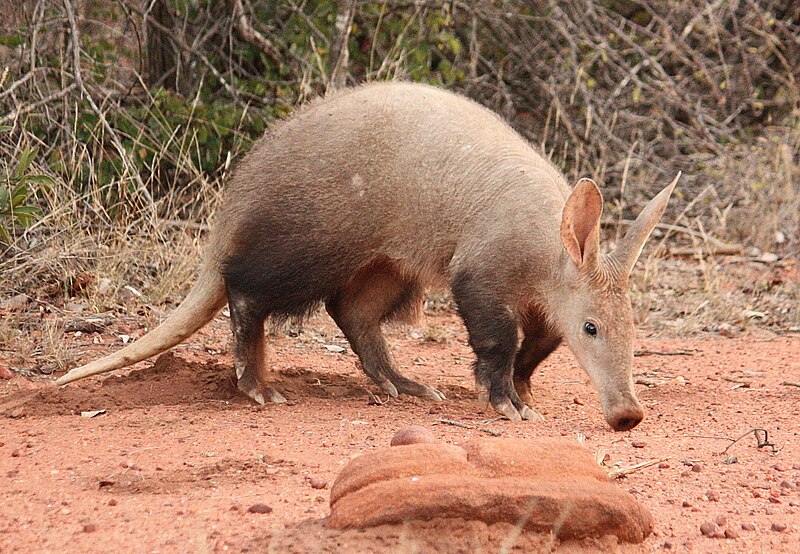Free Courses Sale ends Soon, Get It Now


Free Courses Sale ends Soon, Get It Now



Disclaimer: Copyright infringement not intended.
Context
Aardvarks:
Species and Habitat:
Physical Characteristics:
Nocturnal Behavior:
Diet:
Conservation Status:
Ecosystem Role:
Cultural Significance:
Ecological Significance of Aardvarks:
Role in Controlling Insect Populations:
Ecosystem Engineers:
Nutrient Cycling:
Impact of Climate Change:
Altered Habitat and Food Availability:
Increased Heat Stress:
Water Scarcity:
Habitat Loss:
Impact on Other Species:
Conservation Implications:
Monitoring and Research:
Habitat Protection and Restoration:
Climate Change Mitigation:
Adaptive Management:
Conclusion
|
PRACTICE QUESTION Q. What is the ecological significance of Aardvarks in their native habitat and the challenges they face due to climate change? Analyze. |
© 2024 iasgyan. All right reserved